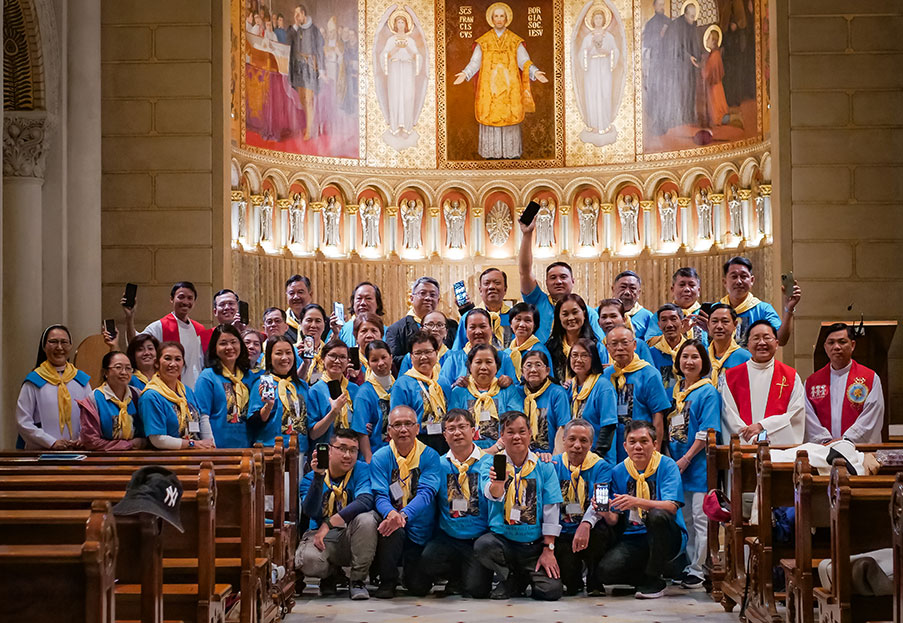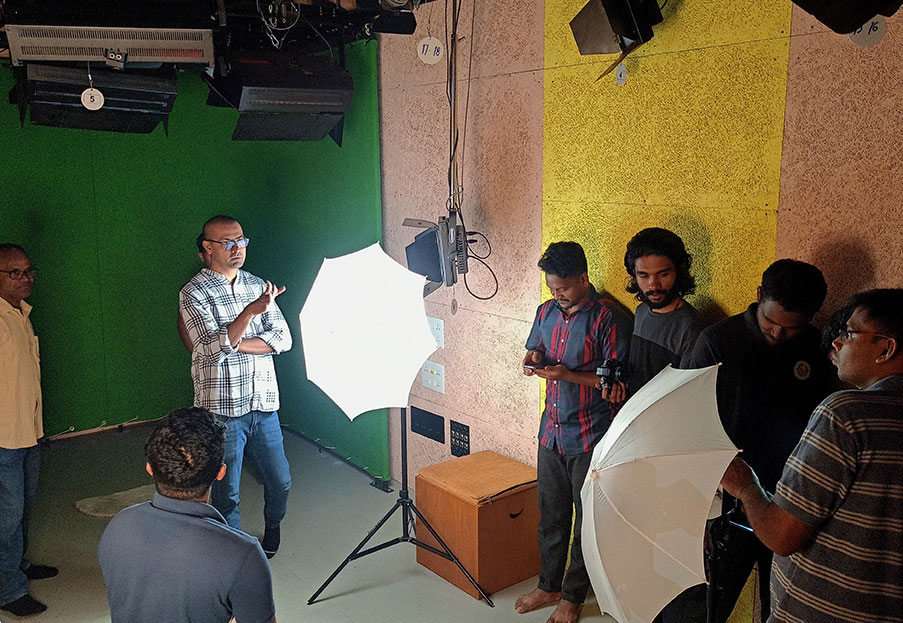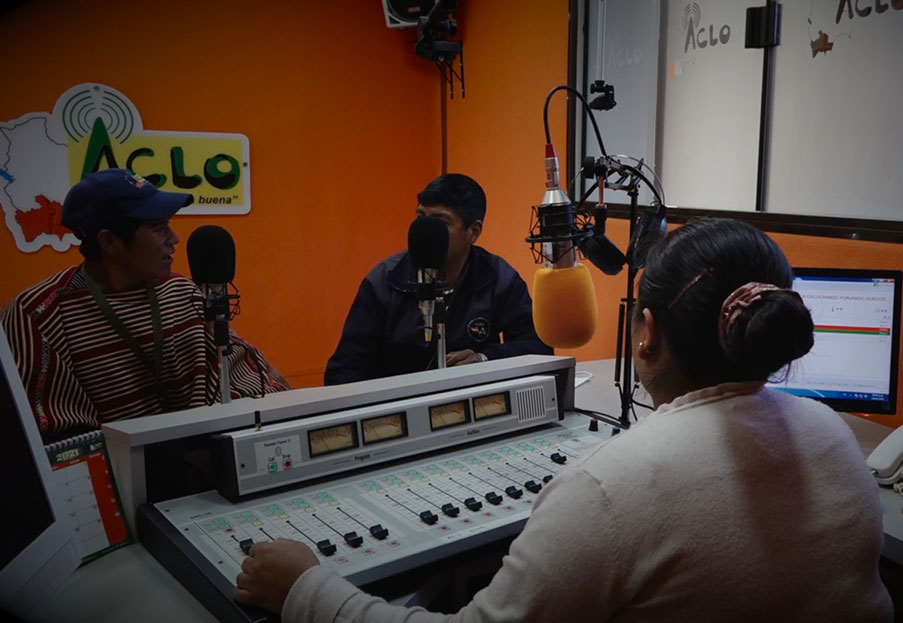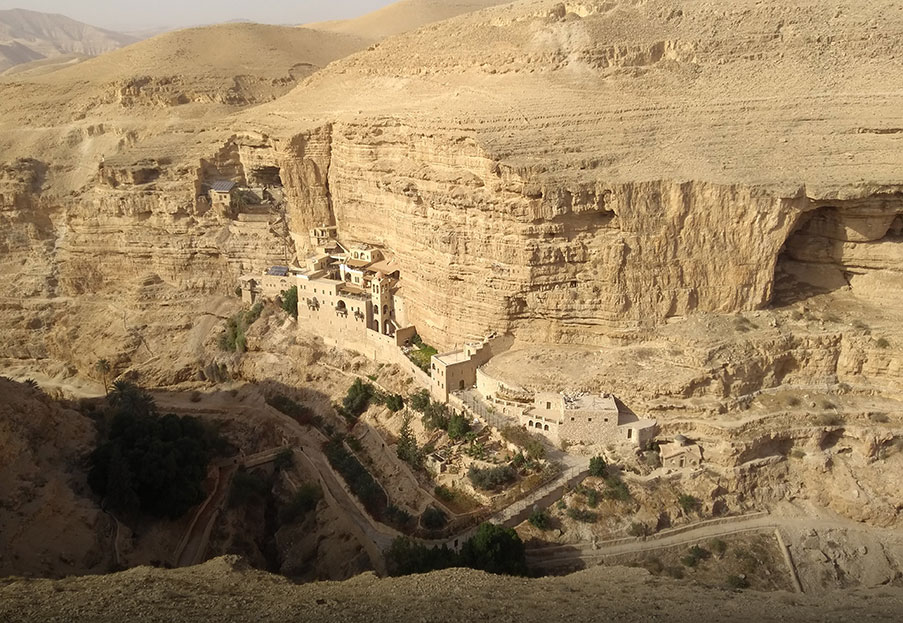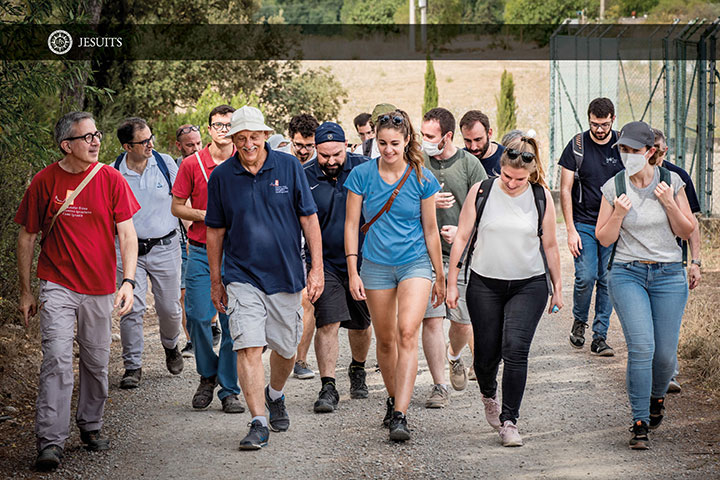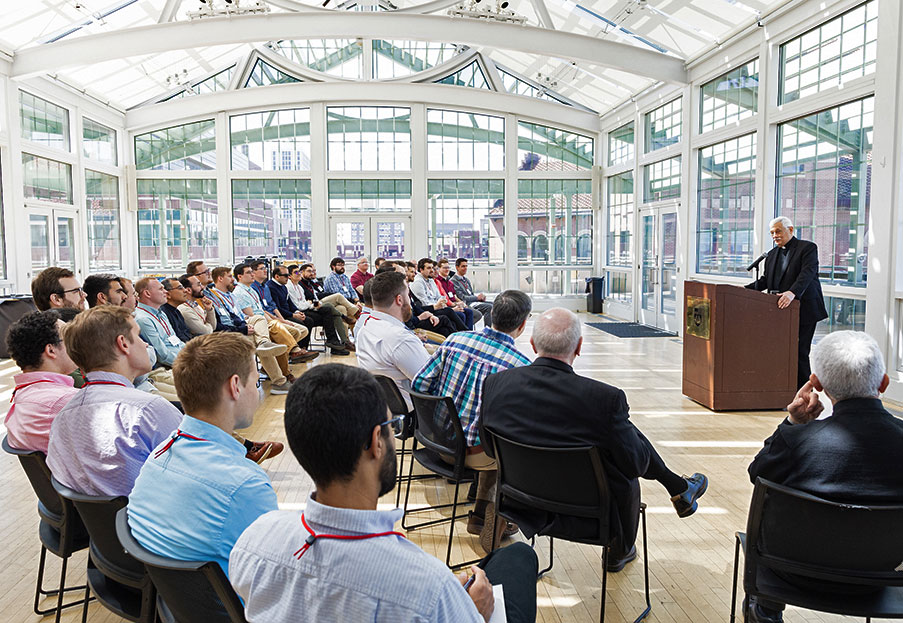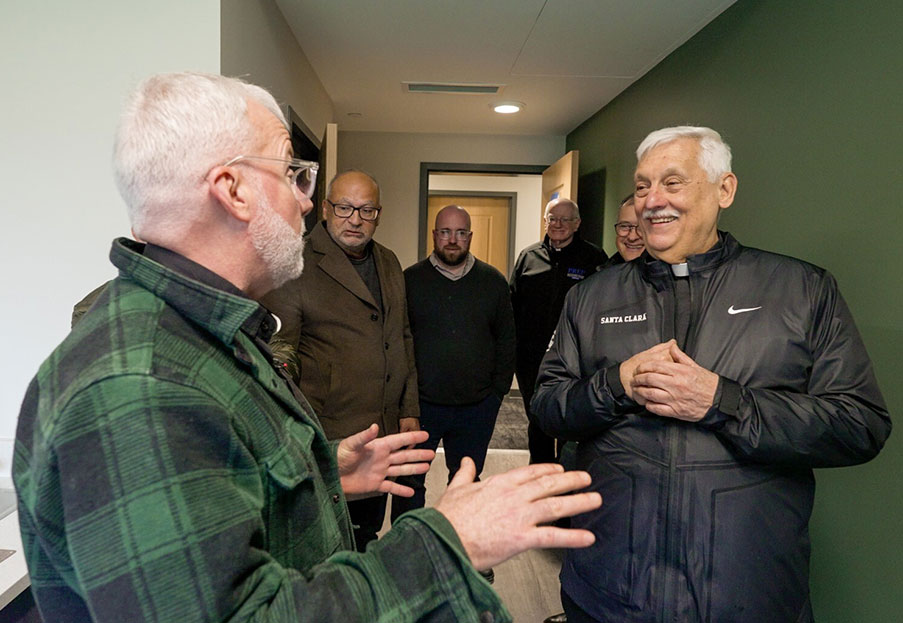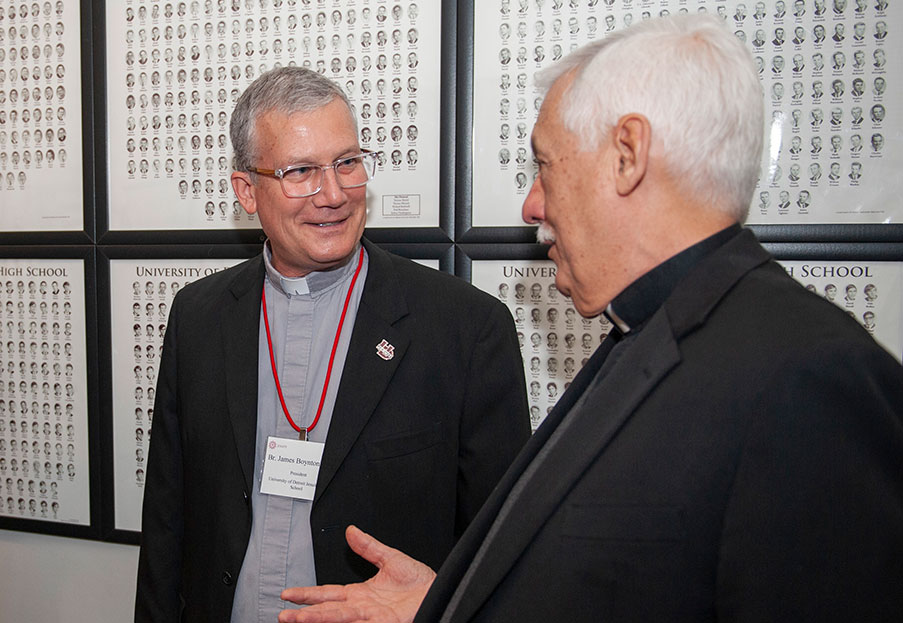The proclamation of the Resurrection is communication
By Stanislas Kambashi, SJ | Vatican Radio - Vatican News
There is no doubt that communication is a powerful tool for evangelisation today.
On Easter morning, the Risen Christ sent Mary Magdalene to announce to the disciples that he was alive. The first announcement was therefore made by word of mouth, which was one of the best ways of communicating at the time. If it were today, some Galileans and people from the surrounding area would find out about it via radio or television, social networks or other digital platforms, using the new information and communication technologies (NICTs).
The joyful proclamation of Easter is thus a communication event. To evangelise is to communicate. Every Jesuit evangelises in his area of mission. Those who work in the field of communications do so at the keyboard writing articles, at the computer publishing texts and images, with the camera taking photographs, and with the microphone they use to broadcast.
As a Jesuit on assignment
at Vatican Radio, my joy is to communicate and inform about the activities of
the Pope, the Holy See, the universal Church and the world. Every day, my
colleagues and I have to process, publish and broadcast a huge amount of news.
The news comes to us from the Vatican, as well as from all over the world,
through correspondents in various countries and interviews that we carry out
ourselves, in our studios or by telephone. The themes are as varied as they are
interesting. Vatican Radio - Vatican News publishes and broadcasts in around fifty languages.
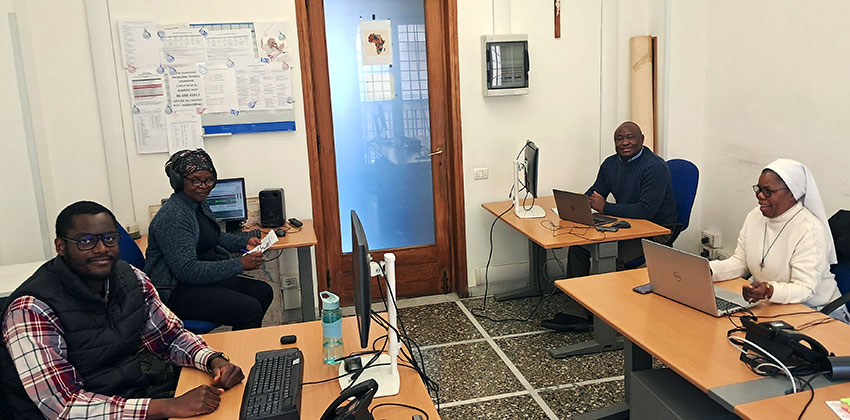
You might have noticed that we use the phrase “Vatican Radio - Vatican News” because, with the development of NICTs, the Vatican’s media have also evolved and invested in digital technology. In addition to radio broadcasts, which reach millions of listeners, news is published on the www.vaticannews.va website and on social networks such as X and Facebook, which reach large numbers of users.
It’s great to see that millions of people are kept informed through the daily work of the Vatican’s journalists, who are divided into language teams. In this multicultural microcosm, meeting people from different cultural backgrounds is a very enriching experience. The search for information, particularly through interviews, also enriches us. While informing others, we ourselves learn or delve deeper into many subjects.
When it comes to processing and disseminating information, even on subjects related to wars, natural disasters and humanitarian crises, we are called upon not to communicate as if everything were a foregone conclusion and that failure had the last word, simply in order to attract attention. The vision that is expected of us is one of hope. By doing this, and by spreading all that the local Churches and the universal Church do to alleviate the suffering of the world, we communicate this hope of a better world. We are witnesses to the Resurrection.
Through this ministry, we
evangelise by communicating the faith, hope and love of God, who sent his Son
to redeem the human race.
